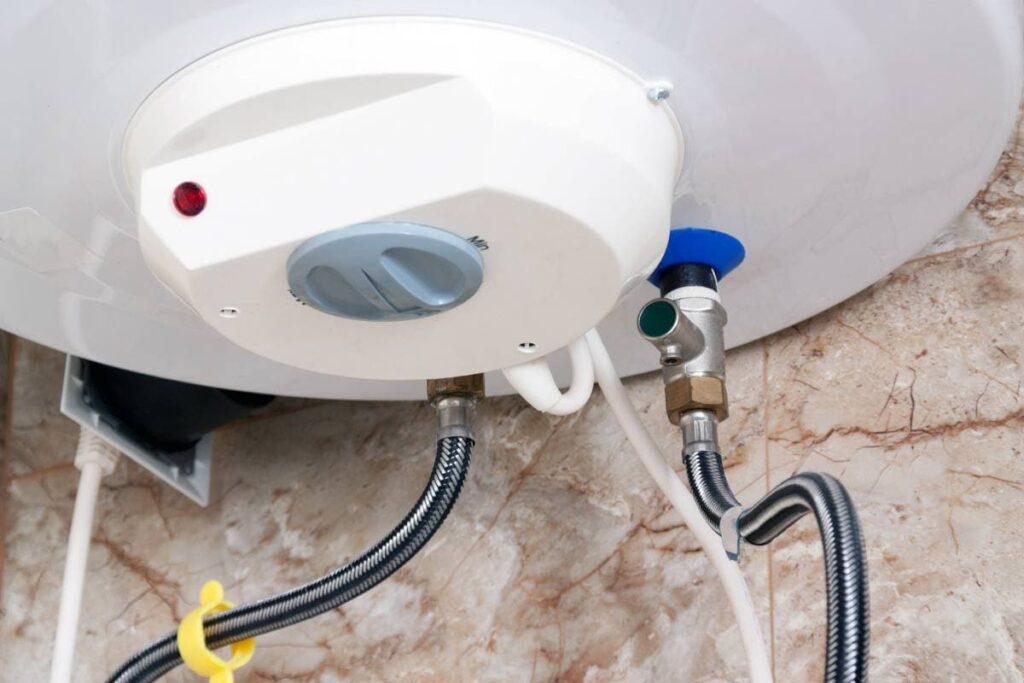How do you actually feel when it comes to Tips For Maintaining Your Hot Water Heater?

Hot water is crucial for everyday comfort, whether it's for a revitalizing shower or washing recipes. To ensure your warm water system runs effectively and lasts much longer, routine upkeep is vital. This article gives practical pointers and insights on just how to keep your home's warm water system to avoid disruptions and pricey fixings.
Introduction
Keeping your home's warm water system may seem overwhelming, but with a couple of simple steps, you can guarantee it runs efficiently for years to find. This overview covers everything from comprehending your warm water system to DIY maintenance tips and understanding when to call professional assistance.
Relevance of Maintaining Your Hot Water System
Routine maintenance not only prolongs the life-span of your warm water system but also guarantees it operates efficiently. Overlooking upkeep can bring about decreased efficiency, higher energy bills, and even premature failure of the system.
Indications Your Warm Water System Demands Upkeep
Knowing when your hot water system needs attention can avoid major problems. Watch out for indicators such as inconsistent water temperature, strange noises from the heater, or rustic water.
Comprehending Your Hot Water System
Before diving right into upkeep jobs, it's handy to recognize the standard parts of your warm water system. Generally, this includes the water heater itself, pipes, anode poles, and temperature level controls.
Month-to-month Upkeep Tasks
Normal month-to-month checks can aid capture small problems before they intensify.
Flushing the Water Heater
Flushing your water heater gets rid of debris build-up, enhancing effectiveness and extending its life.
Checking and Replacing Anode Rods
Anode rods prevent deterioration inside the container. Checking and replacing them when worn out is crucial.
Examining and Adjusting Temperature Setups
Adjusting the temperature level setups makes certain optimum performance and security.
DIY Tips for Upkeep
You can do several upkeep tasks yourself to maintain your hot water system in top problem.
Checking for Leakages
Regularly evaluate pipes and connections for leakages, as these can result in water damage and greater expenses.
Evaluating Stress Alleviation Valves
Testing the stress relief valve ensures it operates properly and prevents too much pressure build-up.
Protecting Pipes
Shielding hot water pipelines minimizes heat loss and can conserve energy.
When to Call a Specialist
While DIY maintenance is valuable, some problems call for expert expertise.
Facility Issues Needing Expert Aid
Examples consist of major leakages, electrical issues, or if your hot water heater is continually underperforming.
Routine Specialist Maintenance Perks
Specialist maintenance can consist of complete inspections, tune-ups, and making sure compliance with security criteria.
Conclusion
Routine upkeep of your home's hot water system is necessary for efficiency, durability, and price savings. By complying with these ideas and knowing when to seek specialist help, you can guarantee a trusted supply of hot water without unforeseen interruptions.
How to Maintain an Instant Hot Water Heater
Before tinkering with your hot water heater, make sure that it’s not powered on. You also have to turn off the main circuit breaker and shut off the main gas line to prevent accidents. Also turn off the water valves connected to your unit to prevent water from flowing into and out of the appliance. 2. When you’re done, you have to detach the purge valves’ caps. These look like the letter “T” and are situated on either side of the water valves. Doing so will release any pressure that has accumulated inside the valves while at the same time avoid hot water from shooting out and burning your skin. 3. When the purge valves’ caps are removed, you have to connect your hosing lines to the valves. Your unit should have come with three hoses but if it didn’t, you can purchase these things from any hardware or home repair shops. You can also get them from retail stores that sell water heating systems. Read the user’s manual and follow it to complete this task properly. When the hosing lines are connected, open the purge port’s valves. 4. You should never use harsh chemical cleaners or solutions when cleaning your unit. Make use of white vinegar instead. It should be undiluted and you’ll probably use about 2 gallons. 5. Now flush your water heater. This task should probably take about 40 minutes. We can’t give you specific directions for this because the procedure is carried out depending on the type, model and brand of your heater. With that being said, refer to the user’s manual. 6. When you’re done draining the unit, you have to turn off the purge port valves again. Remove the hosing lines that you earlier installed on each of the water valves. Put the valve caps (purge port) back in their respective places and be very careful so as not to damage the rubber discs that are found inside these caps. 7. Now that everything’s back in place, check your user’s manual again to find out how to reactivate your water heating system. 8. Once it is working, turn one of your hot water faucets on just to let air pass through the heater’s water supply pipes. Leave the tap on until water flows smoothly out of it. https://www.orrplumbing.com/blog/2014/september/how-to-maintain-an-instant-hot-water-heater/

As a keen reader on Tips on Maintaining a Water Heater, I figured sharing that article was worthwhile. Kindly take a moment to promote this page if you enjoyed it. Thanks for being here. Return soon.
Call Today